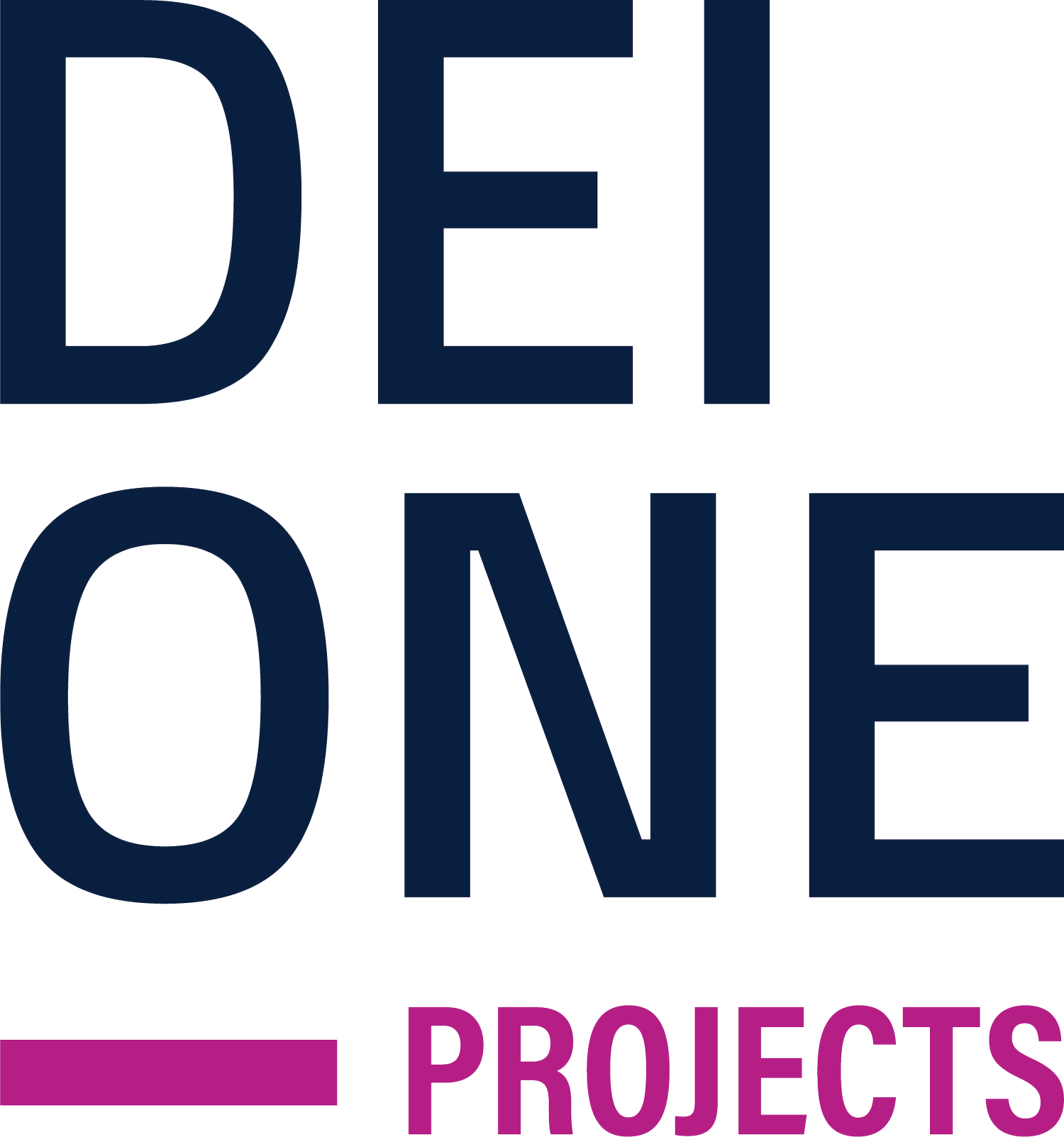Harmonizing Form and Function: Principles of Effective Fit-Out Design
Fit-out design, in particular, demands a delicate harmony between form and function to create spaces that not only look stunning but also serve their intended purpose seamlessly. Let's explore the principles of effective fit-out design:
Understanding User Needs: Effective fit-out design begins with a deep understanding of user needs and requirements. Whether it's a commercial office, retail space, or residential interior, designers must consider the unique preferences, behaviors, and activities of the occupants to create spaces that meet their functional and aesthetic expectations.
Prioritizing Functionality: While aesthetics play a crucial role in fit-out design, functionality should always take precedence. Design decisions should be guided by the intended use of the space, ensuring that it remains practical, efficient, and conducive to the activities it accommodates. This involves thoughtful space planning, ergonomic considerations, and attention to detail to optimize usability and user experience.
Embracing Versatility: Versatility is key in fit-out design, especially in multi-functional spaces. Design elements should be adaptable and flexible to accommodate diverse needs and activities. From modular furniture arrangements to convertible layouts, embracing versatility allows spaces to evolve and adapt to changing requirements over time.
Sustainable Practices: Sustainable design principles are integral to effective fit-out design. By incorporating eco-friendly materials, energy-efficient technologies, and green building strategies, designers can minimize environmental impact while enhancing occupant health and well-being. Sustainable practices not only benefit the planet but also contribute to long-term cost savings and value creation for clients.
Balancing Aesthetics: While functionality is paramount, aesthetics play a crucial role in creating memorable and impactful spaces. Design elements such as color, texture, lighting, and spatial composition should be carefully curated to evoke the desired mood, atmosphere, and brand identity. By balancing form and function, designers can create visually stunning environments that inspire, engage, and delight occupants.
Continual Iteration and Improvement: Effective fit-out design is an iterative process that requires continual evaluation and improvement. Designers should solicit feedback from clients and occupants, monitor performance metrics, and remain open to refining and optimizing the design based on real-world usage and evolving needs.
In conclusion, effective fit-out design requires a harmonious blend of form and function. By understanding user needs, prioritizing functionality, embracing versatility, incorporating sustainable practices, balancing aesthetics, and embracing continual iteration and improvement, designers can create spaces that not only look beautiful but also enhance productivity, well-being, and satisfaction for occupants.

